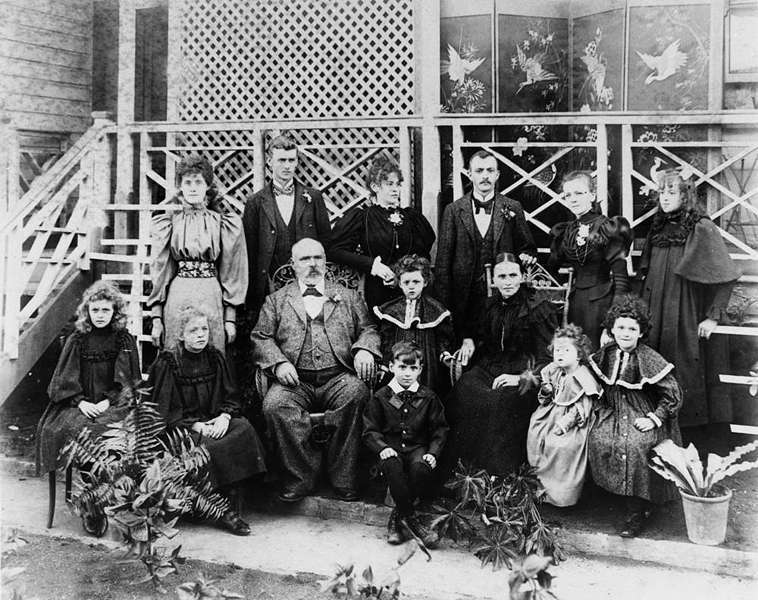Intrigued by Life In Australia at the Turn of the Century 1900? Learn more about the challenges of Life in Australia at the Turn of the Century 1900…
Life in Australia at the Turn of the Century 1900 was challenging but progressive at the same time. Kerosene and gas lights were being replaced with electricity and the motorcar had started navigating the network of roads. Previously only the elite could afford new developments in technology, while the working class continued to live difficult, low tech lives.
In terms of the work structure the life in Australia at the Turn of the Century 1900 for the working-class Australians was focused on finding better wages. There was constant pressure on men to be the provider and for the family. Eventually the women and kids who were exceptionally poor also started working to provide for their needs. Working hours were terribly long and the wages were minimal. The annual four-week vacation and sick leave were unheard of concepts in the early 20th century.
Housing Conditions
As far as housing for blue-collar individuals was concerned there was an abundance of unsanitary and dangerously designed buildings that were usually overcrowded. The average family size at the turn of the century in Australia was much larger than present-day family structures, which meant that there could be upwards of eight children as a rule in a low-income family. They were considered wage earners and housework assistants. The houses were much smaller than present-day houses and were located mostly close to the factories. Only the elite and well heeled Australian landlords could afford property and these were rented out to large groups of people until the accommodations overflowed. The suburbs of Richmond and Collingwood, Footscray and Port Melbourne in Melbourne city were inhabited by the semi skilled workers. Ironically, the present day exclusive districts of Sydney known as the Surry Hills and Pyrmont were once home to the working-class Australians.
Health Conditions
Australian life at the turn of the Century 1900 saw poor health conditions. The lack of sanitation caused by poor housing conditions led to the working-class suffering from dangerous diseases like tuberculosis, whooping cough and diphtheria, which were highly contagious and very prevalent in the slum areas. This led to many deaths of young children and other individuals until the introduction of vaccines.
In fact, during an outbreak of the bubonic plague in the 1900 in Sydney over 500 Australians died on a national level, because it spread rapidly, carried by the fleas that fed on infected rats. Unfortunately a victim would suffer horribly with black spots under their skin accompanied by high fever and enlarged glands that were filled with pus. Most of the houses were fumigated and disinfected while the sanitary conditions were improved. Many homes were completely destroyed along with their furnishing as the materials were burnt to prevent disease by killing the infected fleas that spread the plague to rats and humans.
There was hardly any time for leisure activities , and if there was time there was a serious constraint in terms of funds that could be spent on such things. Going to the theater or playing a favorite sport would be considered an indulgence. Unfortunately gambling was rampant. There was only a very slim chance that someone from the working-class could win any amount of money by placing illegal bets in shady alleyways and hotels.





